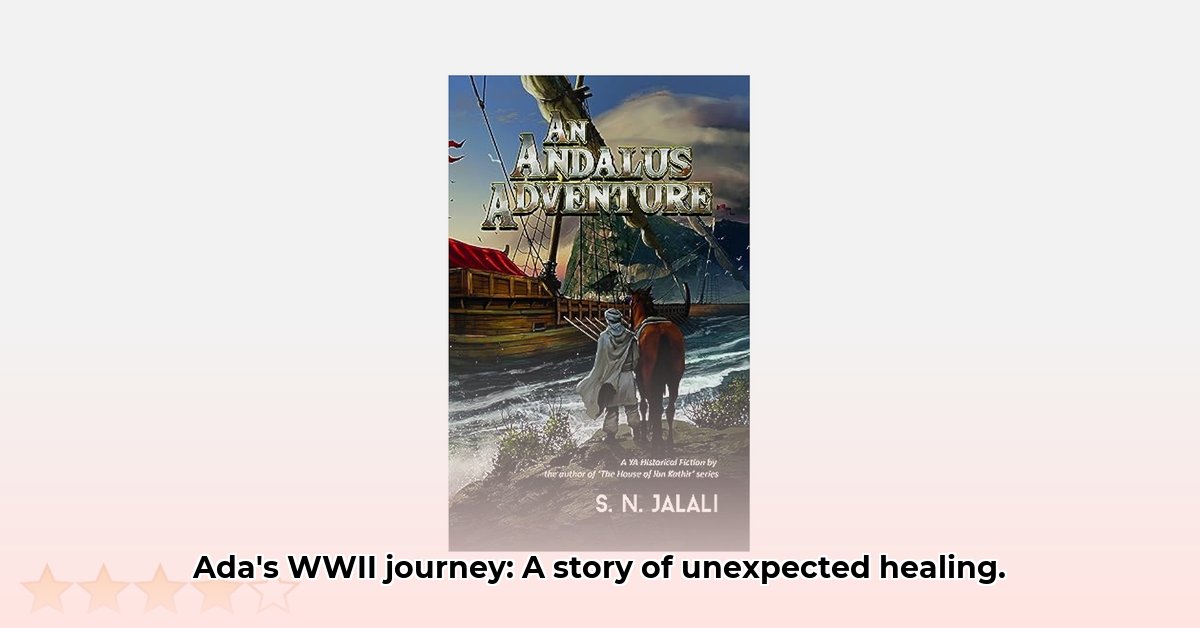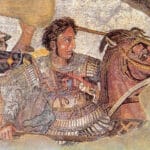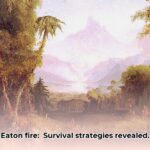Kimberley Brubaker Bradley’s The War I Finally Won transcends the typical World War II children’s narrative. It delves into the emotional landscape of 11-year-old Ada as she navigates a life-altering surgery, grapples with the complexities of family, and confronts prejudice amidst the backdrop of wartime Britain. This sequel to the acclaimed The War That Saved My Life offers a poignant exploration of resilience, identity, and the enduring power of human connection. Learn more about wartime symbols like the Red Cross flag.
Ada’s Journey: From Physical and Emotional Scars to Inner Strength
Ada’s story is one of profound transformation. Having lived with a clubfoot for most of her life, the prospect of corrective surgery fills her with a mix of hope and trepidation. The reader experiences this emotional rollercoaster alongside Ada, witnessing her vulnerability and her burgeoning strength. This emotional depth resonates deeply, making Ada a relatable and inspiring character for young readers. Furthermore, news of her abusive mother’s death in a London bombing raid adds another layer of complexity to her emotional journey. This loss, while freeing her from a toxic past, also forces her to confront grief and grapple with her own identity.
A Child’s-Eye View of War: Balancing Historical Accuracy and Emotional Narrative
Bradley masterfully weaves historical details into the narrative without overwhelming the emotional core of the story. The backdrop of wartime Britain, with its blackouts, rationing, and ever-present fear of air raids, is vividly portrayed. However, it is Ada’s perspective that truly brings this era to life. Through her eyes, we see the impact of war on ordinary people, the anxieties and uncertainties that shaped their daily lives. This child’s-eye view avoids simplistic portrayals of war, offering a nuanced understanding of its pervasive influence. The inclusion of specific details, such as the medical procedures surrounding Ada’s surgery and the social dynamics of the era, adds a layer of authenticity that enhances the reader’s immersion in the story.
Prejudice, Acceptance, and the Power of Unlikely Friendships
The arrival of Ruth, a German Jewish refugee, introduces themes of prejudice and acceptance into Ada’s world. The suspicion and distrust directed towards Ruth by some characters highlight the complexities of wartime society and the insidious nature of prejudice. Ada’s initial hesitation to accept Ruth mirrors the prevailing societal attitudes, but their burgeoning friendship becomes a powerful testament to the transformative power of empathy and understanding. This relationship, and the gradual acceptance of Ruth by other characters, underscore the novel’s message of inclusivity and the importance of challenging preconceived notions.
Family Dynamics and the Search for Belonging
Ada’s relationship with Susan, her guardian, forms the emotional anchor of the story. Susan’s unwavering support and love provide Ada with a sense of stability and belonging that she has long craved. However, the novel also explores the complexities of family dynamics through the introduction of Lady Thornton, a seemingly stern and distant figure who gradually reveals her own vulnerabilities and capacity for compassion. The evolving relationships between Ada, Susan, Lady Thornton, and the other characters demonstrate the various forms that family can take, highlighting the importance of human connection in navigating difficult times.
A Lasting Impact: Engaging with the Themes of The War I Finally Won
The War I Finally Won is a powerful and moving story that resonates with readers of all ages. Its exploration of resilience, identity, prejudice, and the enduring importance of human connection makes it a valuable tool for fostering empathy and understanding. The novel’s historical setting provides a rich backdrop for exploring these universal themes, making it an ideal choice for educators, parents, and anyone seeking a story that both educates and inspires. Its nuanced characters, compelling narrative, and thought-provoking themes make it a must-read for those seeking stories of courage and hope in the face of adversity. The novel’s open ending, with Ada looking forward to the future with newfound confidence, leaves a lasting impression, prompting reflection on the ongoing power of hope and resilience.
- Unlocking Romans 13: A Practical Guide to Faith and Authority - June 15, 2025
- Revolutionize Ancient Preservation with Typical Ancient:A Detailed Review - June 15, 2025
- 185 lbs to kg: Precise Conversion Guide - June 15, 2025
















